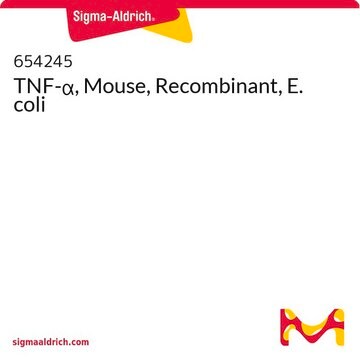1.07734
Silica gel 60 (0.063-0.200 mm)
for column chromatography (70-230 mesh ASTM)
Synonym(s):
Silica, Silicon dioxide
Select a Size
$537.00
Estimated to ship onMay 24, 2025
Select a Size
About This Item
$537.00
Estimated to ship onMay 24, 2025
Recommended Products
material
spherical silica gel
Quality Level
matrix active group
Irregular-Shaped Silica Gel
particle size
63-200 μm
pore size
6 nm mean pore size
pH
7 (20 °C, 100 g/L in H2O, slurry)
bp
2230 °C (lit.)
mp
>1600 °C (lit.)
bulk density
200‑1430 kg/m3
application(s)
plasma purification
Looking for similar products? Visit Product Comparison Guide
1 of 4
This Item | SRP3177 | GF314 | 407654 |
|---|---|---|---|
| assay ≥97% (SDS-PAGE) | assay ≥95% (SDS-PAGE) | assay >98% (SDS-PAGE and HPLC) | assay ≥97% (SDS-PAGE) |
| biological source mouse | biological source human | biological source - | biological source - |
| recombinant expressed in E. coli | recombinant expressed in E. coli | recombinant expressed in E. coli | recombinant - |
| mol wt 17,000 g/mol | mol wt 17.4 kDa | mol wt - | mol wt - |
| form lyophilized | form lyophilized | form - | form lyophilized |
General description
Features and Benefits
- High adsorptive capacity
- High chemical inertness and non-toxicity.
- Protective moisture-sensitive substances during storage and transport or for maintaining the dryness of anhydrous solvents.
- Granulates in different sizes or beads
Packaging
Analysis Note
Fe (Iron): ≤ 0.02 %
Pore volume (N₂-isotherm): 0.74 - 0.84 ml/g
Specific surface area (according to BET; 5-Pt. measurement): 480 - 540 m²/g
Loss on drying (150 °C): ≤ 7.0 %
Particle Size (d10): 75 - 95 µm
Particle Size (d50): 125 - 150 µm
Particle Size (d90): 215 - 245 µm
The specific surface area and the pore volume are related to the raw material
Storage Class
13 - Non Combustible Solids
wgk_germany
nwg
flash_point_f
Not applicable
flash_point_c
Not applicable
Certificates of Analysis (COA)
Search for Certificates of Analysis (COA) by entering the products Lot/Batch Number. Lot and Batch Numbers can be found on a product’s label following the words ‘Lot’ or ‘Batch’.
Already Own This Product?
Find documentation for the products that you have recently purchased in the Document Library.
Customers Also Viewed
Our team of scientists has experience in all areas of research including Life Science, Material Science, Chemical Synthesis, Chromatography, Analytical and many others.
Contact Technical Service





